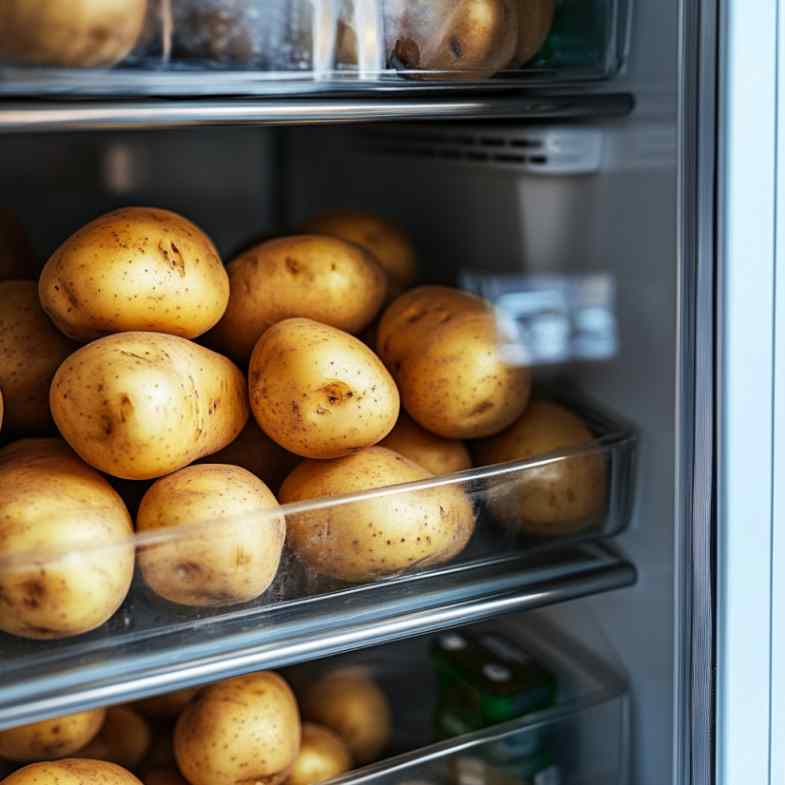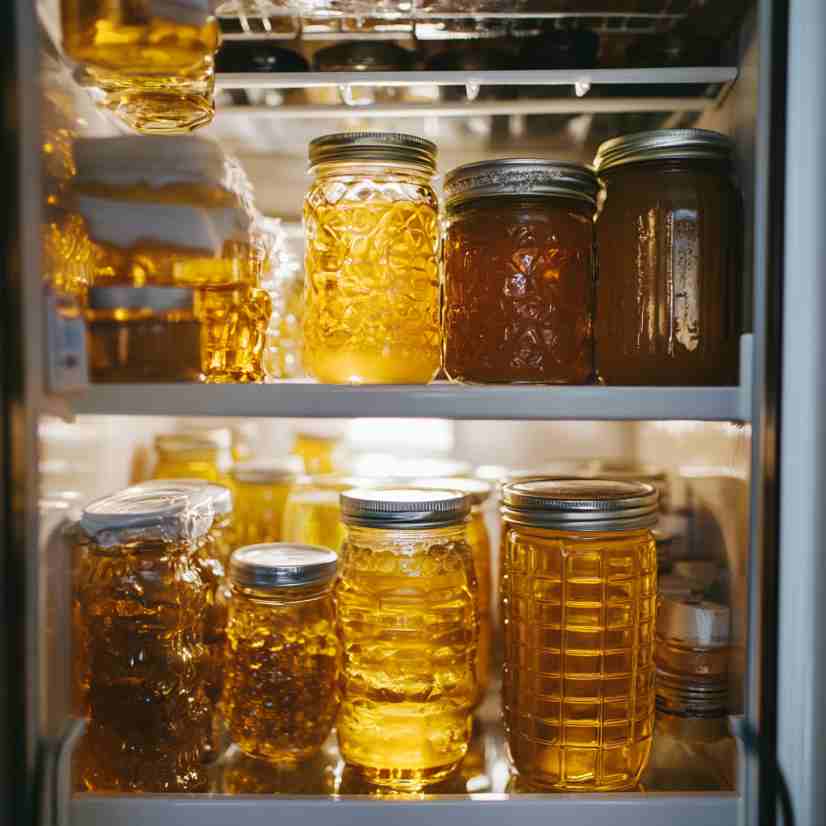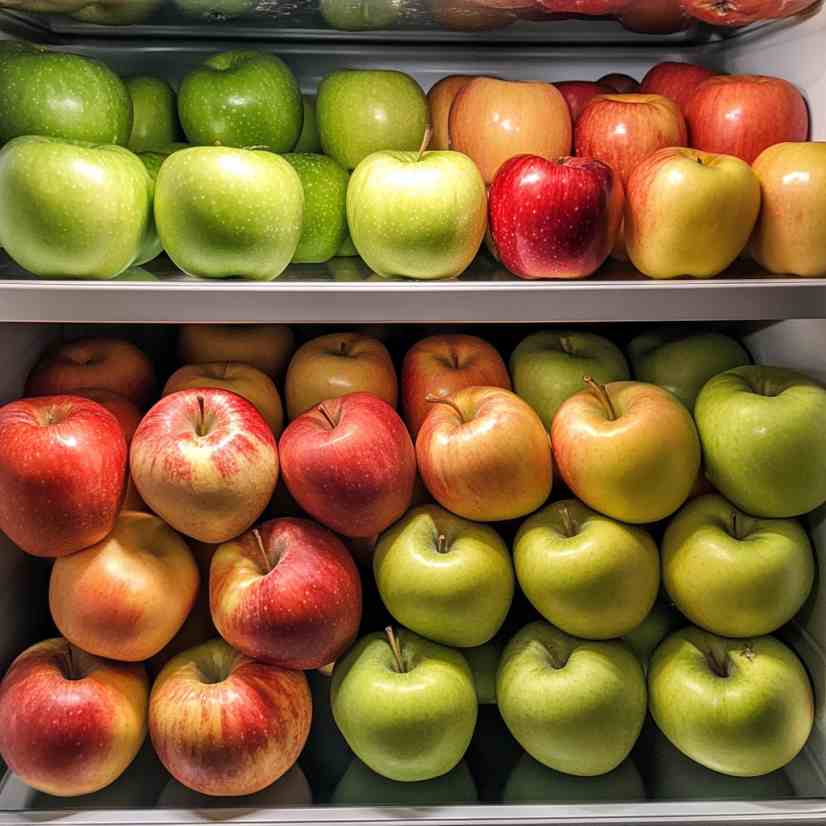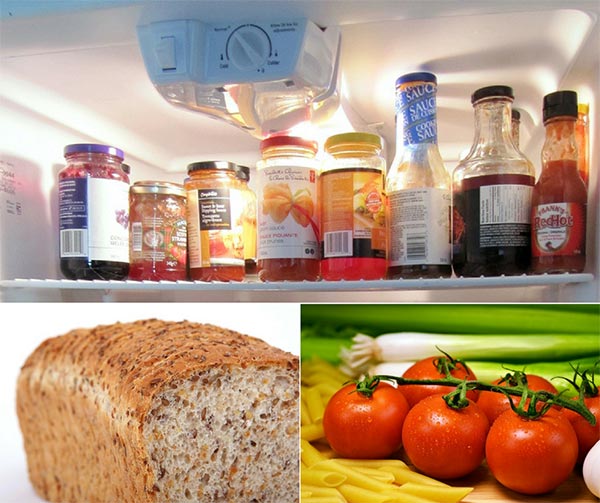12 Foods that People Mistakenly Refrigerate
Modern life cultivates in most of us an ingrained reflex to preserve food using refrigeration. We preserve food in other ways too, of course, such as the food industry’s reliance on chemical “preservatives.” And, much like the use of preservatives, refrigeration has its pros and cons. For many foods, cold storage is an absolute necessity. If you aren’t prepared to eat your yogurt and drink your milk immediately, then you had better store it in the fridge. Refrigeration has changed eating and lifestyle habits and there is no going back. It’s a convenience that humans have readily adapted to.
However, there are certain foods that do not benefit from refrigeration and, in fact, are negatively altered in some way when stored in the fridge. At best, the flavor of these foods will change. At worst, they will deteriorate in some way, be prone to mold or bacteria, or become bland and mealy. It’s important to know which foods benefit from refrigeration and which suffer from exposure to cold air. Let’s take a look at some of the healthy foods that are at their best when left in a bowl on the counter, room temperature, not stored in your fridge. Sometimes fresh should be enjoyed, well, fresh: not preserved. Don’t hold onto that perfect summer-ripe peach. Just eat it, now.
1. Coffee
Many people store their coffee grounds or whole beans in the refrigerator or freezer, believing that it preserves freshness. Have you noticed that, no matter what kind of coffee beans you use, the coffee you make at home never tastes the same as the coffee you buy out? This is because extreme cold dramatically alters the flavor of your coffee. Refrigeration systems are closed systems and, therefore, susceptible to condensation buildup. Watery condensation is detrimental to the integrity of your beans. The best way to store coffee grounds or beans is in an airtight container on your counter or in your pantry.
2. Onions
Whole onions require air circulation to prevent mold. They should be stored away from potatoes, which accelerate rot, away from direct sunlight, and out of the cold. The refrigerator is an inhospitable environment for onions which, under ideal circumstances, keep for a fairly long time. Once peeled and cut, however, they can be stored in an airtight container in the fridge.
3. Potatoes
Like onions, potatoes thrive in dark, dry conditions. People often mistakenly store onions and potatoes together because they have similar storage requirements. Avoid making this mistake; it will make the onions rot quickly. The best way to store potatoes is in a dry paper bag. Do not leave them in plastic which limits airflow, thereby promoting moisture buildup which leads to mold and rot. Refrigeration doesn’t just increase the chances of moldy potatoes, it also breaks down the starches, damaging the flavor and consistency.

4. Garlic
Garlic is a tender, aromatic gift that does not thrive when refrigerated. Its powerful flavor is undermined by refrigeration and its lifespan is limited. Refrigeration can prompt mold. Garlic should be stored in a cool, dry environment with good airflow and, once the head of the garlic is broken open, it should be used promptly, within 10 days.
5. Melon
Whole, uncut melons such as honeydews, watermelons and cantaloupes should be stored on the counter to preserve their flavor and nutritional content. At room temperature, melons retain their antioxidants and natural sweetness. Once cut, however, melons can be refrigerated for up to 4 days to extend their lifespan.
6. Bread
The idea that bread will keep longer in the fridge is very popular. While it may be true that refrigeration might prevent the bread from molding, conditions in the fridge change the consistency of the bread, making it dry. Would you rather have bread longer, or bread that tastes good?
7. Honey
Honey is essentially nonperishable. It is naturally antimicrobial and keeps indefinitely at room temperature. More importantly, it’s very difficult to use honey that has been stored in the fridge. In cold temperatures, honey crystallizes, hardening into an unusable mess that can’t be easily squeezed or spread. Just keep honey in the cupboard if you want to have gooey, natural sweetener readily on hand.

8. Tomato
Few things are as naturally delicious as ripe tomatoes in the summertime. Conversely, few things are as distasteful as bland, mealy tomatoes. Even the word, “mealy” leaves a bad taste in the mouth. Cold air breaks down the membranes inside tomatoes, dulling their flavor and making them mealy. The quickest way to destroy the flavor of otherwise good tomatoes is to store them in the fridge. Ripe tomatoes should be stored at room temperature. If your tomatoes are not quite ripe, then place them on a windowsill or inside a dry paper bag to help them ripen faster. If your tomatoes are overripe, it’s time to make marinara, salsa, or tomato jam.
9. Avocado
Avocados are one of the most delicious, natural sources of creamy fat, goodness, and vitamins. They are an excellent source for folate, copper, dietary fiber, potassium, and vitamins E, C, B6, and K. But most people incorporate avocados into their diet for purely hedonistic reasons, not dietary. They taste great…unless they are prematurely refrigerated. Let your avocados ripen at room temperature. Only refrigerate them if they are ripe and you can’t eat them immediately. Once ripe, whole avocados can be stored for several days in the fridge. Once sliced open and exposed to air, avocados turn brown and their flavor deteriorates. If you can’t use the whole avocado, store the remaining fruit with the pit in an airtight container in the fridge and eat as soon as possible. This is definitely a fresh fruit that’s best enjoyed fresh.
10. Hot sauce
Hot sauce has enough vinegar in it to prevent bacterial growth. Like various other condiments – ketchup, sriracha, Worcestershire sauce – hot sauce can be stored in your pantry or cupboard for over a year without fear of contamination or bacterial growth. Plus, hot peppers have more kick at room temperature than they do when chilled.
11. Nuts
Many people store tree nuts either in the fridge or freezer to prevent them from going rancid. There are two drawbacks to this approach. The first is that refrigeration can deplete them of their rich, nutty flavor. The second drawback is that nuts are susceptible to absorbing other odors that might be concentrated in a closed refrigeration system. The last thing you want is for your pecans to taste like that A1 sauce that leaked in your fridge a while back. Store tree nuts in an airtight container in your pantry to retain the best possible flavor.
12. Apples
You’re probably tired of hearing this but: refrigeration saps the delicious natural flavor out of fresh apples and makes them mealy. Apples will be perfectly happy – and beautiful! – in a bowl on your counter. If you can’t use them before they start to soften, consider making a pie, apple butter, compote, or chopping them up to add to oatmeal.

 Home and Gardening Ideas At home and Gardening ideas we believe inspiring readers about homesteading, self sufficiency
Home and Gardening Ideas At home and Gardening ideas we believe inspiring readers about homesteading, self sufficiency







